The Insurance Institute of Highway Safety unveiled its new rating program for the semi-autonomous driving technologies and only one out of 14 systems tested achieved an “acceptable” rating from the safety group.
The organization rated more than a dozen systems, and only the Teammate with Advanced Drive system used by a Lexus LS got a passing grade. Two others, the GMC Sierra’s Super Cruise and Nissan Ariya’s ProPilot Assist with Navi-link, received marginal ratings.
“We evaluated partial automation systems from BMW, Ford, General Motors, Genesis, Lexus, Mercedes-Benz, Nissan, Tesla and Volvo,” IIHS President David Harkey said. “Most of them don’t include adequate measures to prevent misuse and keep drivers from losing focus on what’s happening on the road.”
The testing used specific vehicles equipped with the technology, or in some cases, different technologies. The LS and Ariya each offer an alternative system that earns a poor rating. The Ford Mustang Mach-E, Genesis G90, Mercedes-Benz C-Class sedan, Tesla Model 3 and Volvo S90 also earn poor ratings, in some cases for more than one version of partial automation.
Not what you think
IIHS is quick to point out that many partial automation systems — the organization’s name for advanced driver assistance systems — cannot replace a fully attentive driver. Officials also noted that some of the names of the systems can imbue drivers with a false sense of security about the capabilities of their vehicles.
“Some drivers may feel that partial automation makes long drives easier, but there is little evidence it makes driving safer,” Harkey said. “As many high-profile crashes have illustrated, it can introduce new risks when systems lack the appropriate safeguards.”
Vehicles with partial automation are not self-driving — though automakers sometimes use names that imply their systems are. The human driver must still handle many routine driving tasks, monitor how well the automation is performing and remain ready to take over if anything goes wrong.
While most partial automation systems have some safeguards in place to help ensure drivers are focused and ready, these initial tests show that they’re not robust enough.
More Safety News
- Hyundai Motor Group, Toyota and Mazda Dominate as IIHS Names 22 Top Safety Picks
- IIHS Tightens Requirementsfor Top Safety Pick and Top Safety Pick+ Awards
- Tesla Cybertruck Crash Videos Set Off Alarms Among Safety Experts
System problems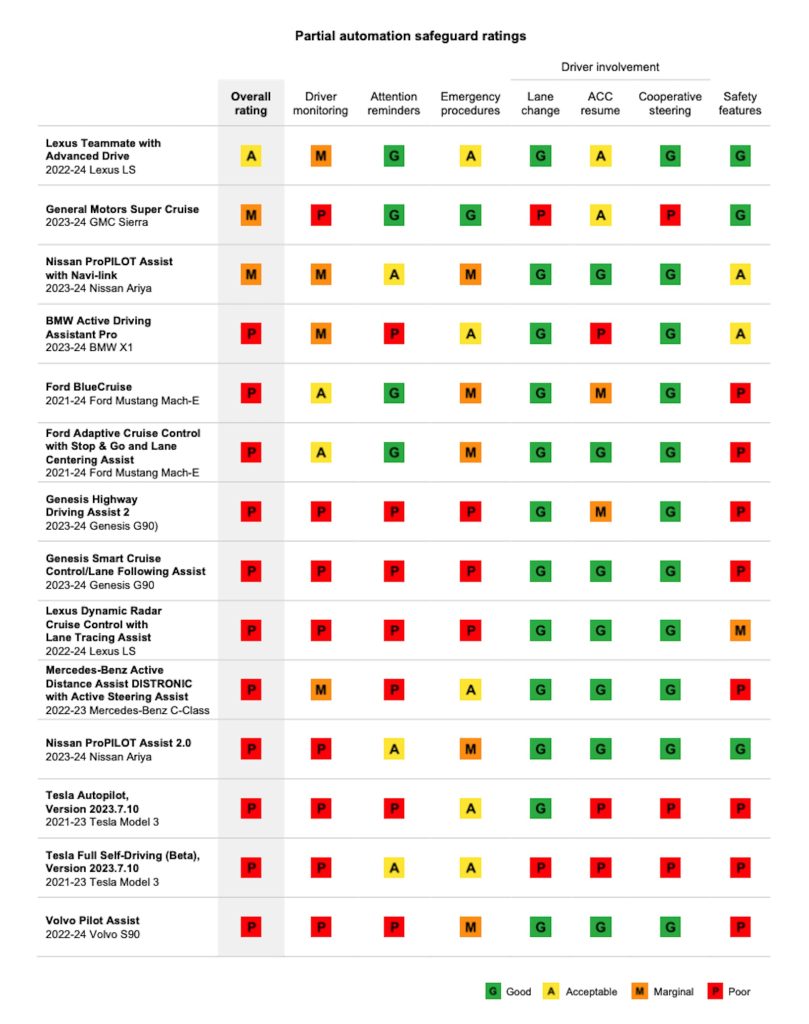
The various systems all use different combinations of cameras, radar and lidar to handle vehicle navigation. These technologies often merge different systems to achieve similar results. For example, General Motors’ Super Cruise technology combines adaptive cruise control (ACC), lane centering and various other driver assistance features.
ACC maintains a driver-selected speed but will automatically slow to keep a set following distance from a slower moving vehicle ahead and then accelerate when the way is clear. Lane centering continuously adjusts the steering to help the driver keep the vehicle centered in the travel lane. Automated lane changing is also becoming more common.
“The shortcomings vary from system to system,” said IIHS Senior Research Scientist Alexandra Mueller, who led the development of the new program. “Many vehicles don’t adequately monitor whether the driver is looking at the road or prepared to take control.
“Many lack attention reminders that come soon enough and are forceful enough to rouse a driver whose mind is wandering. Many can be used despite occupants being unbelted or when other vital safety features are switched off.”

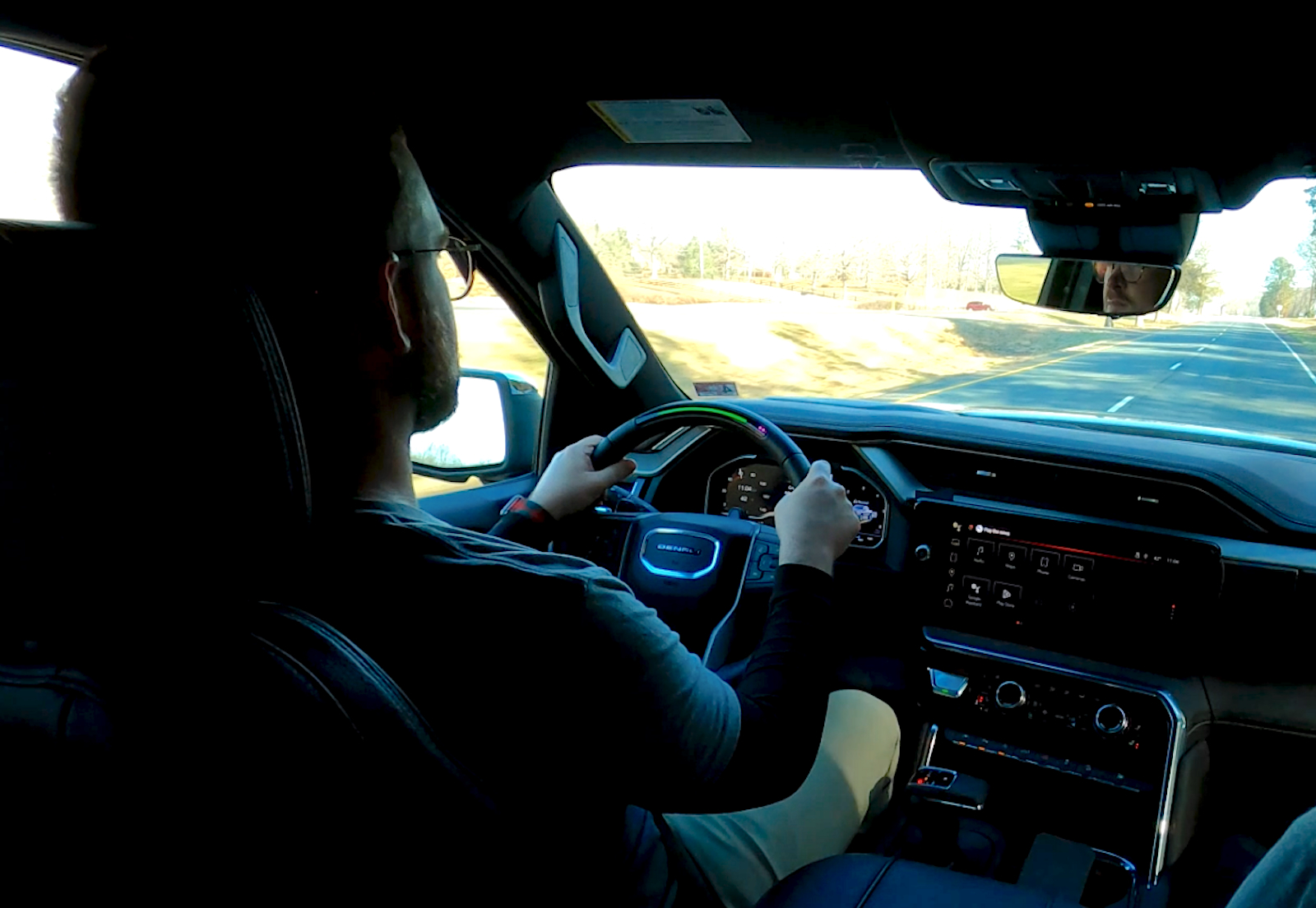
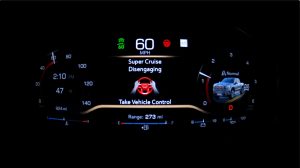
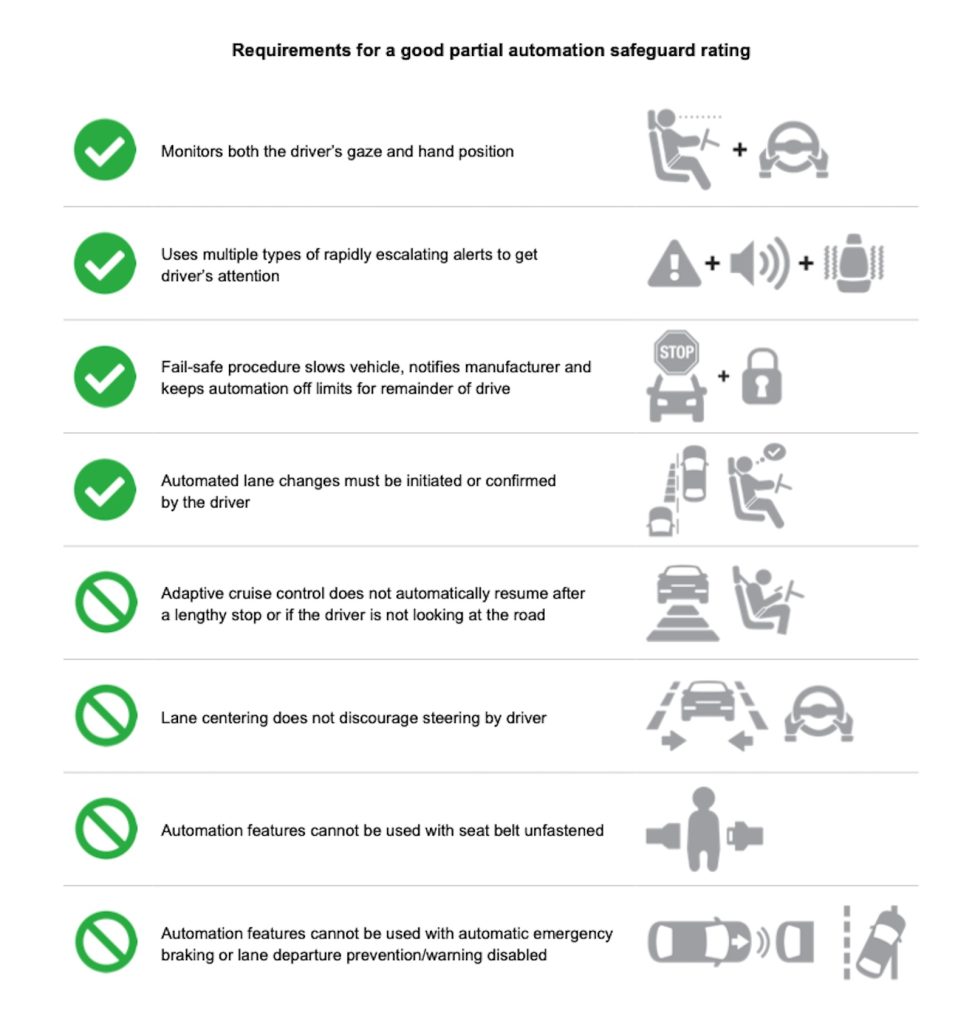
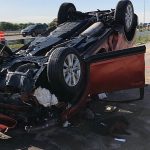
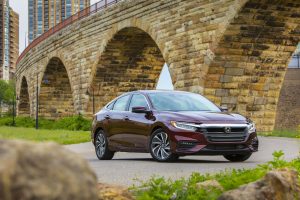

0 Comments